A few years ago, there was a report on the Internet that Apple was deliberately slowing down its iPhones over time. In the end, it turned out that the slowdown did indeed occur, but due to the fact that the battery was no longer able to provide sufficient performance after a long period of use. This limited the performance of the device in order to relieve the battery and allow the iPhone to function. At that time, in a certain way, batteries began to be addressed more, at least at Apple. He pointed out that batteries are consumer goods that must be replaced once in a while in order to maintain their properties and performance - and this is how it still works today. Let's take a look at 5 tips and tricks for iPhone battery management together in this article.
It could be interest you
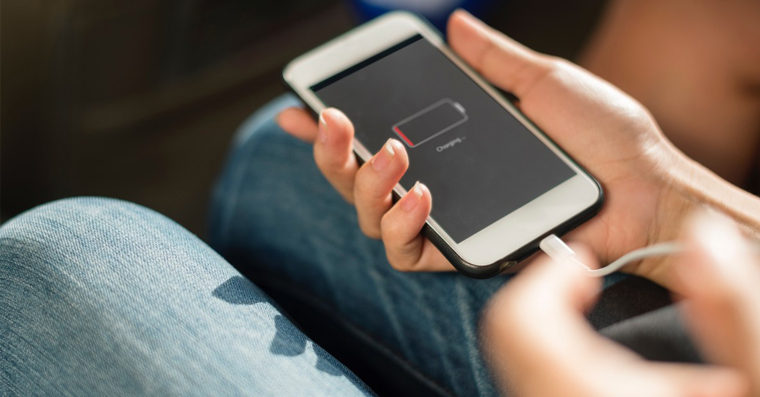
Battery health
In the beginning of this article, I described a situation that happened several years ago. On this occasion, Apple has decided to make an indicator directly available to users, with which they will be able to see how their battery is doing. This indicator is called Battery Condition and indicates how many percent of the original capacity the battery can be recharged to. So the device starts at 100%, with the fact that once it reaches 80% or less, replacement is recommended. You can find the battery condition in Settings → Battery → Battery health. Here you will see, among other things, whether the battery supports maximum performance or not.
Low power mode
When the iPhone's battery is discharged to 20 or 10%, a dialog box will appear during use to inform you of this fact. You can either close the mentioned window, or you can activate the low power mode through it. If you enable it, it will limit the iPhone's performance, along with some system functions, to maximize battery life. However, you can easily activate the low power mode manually, in Settings → Battery. If you want, you can also add a button to (de)activate this mode in the control center. Just go to Settings → Control Center, where to get off Dolu and in the element Low power mode click on the + icon.
Optimized charging
Some of you probably know that a battery works best when its charge level is between 20% and 80%. Of course, batteries also work outside this range, with practically no problems, but it is necessary to mention that accelerated wear may occur. When draining, this means that your battery shouldn't drop below 20%, which can only be achieved by connecting a charger in time - you don't simply tell the iPhone to stop draining. However, as far as charging is concerned, you can limit it by using the Optimized charging function, which you activate in Settings → Battery → Battery health. After activating this function, the system starts to remember when you usually disconnect your iPhone from charging. As soon as it creates a kind of "plan", the battery will always be charged to 80% and the last 20% will be charged just before pulling out the charger. But it is necessary that you carry out the charging regularly and at the same time, i.e. for example at night with the fact that you will get up at the same time every day.
Finding battery cycle counts
In addition to the condition of the battery, the number of cycles can be considered as another indicator that determines the state of health of the battery. One battery cycle is counted as charging the battery from 0% to 100%, or the number of times the battery is fully charged from 0%. So if your device is charged to, for example, 70%, you charge it to 90%, so the entire charging cycle is not counted, but only 0,2 cycles. In case you want to find out the number of battery cycles on an iPhone, you will need a Mac and an app for that coconutBattery, which you can download for free. After launch application connect your iPhone with a Lightning cable to your Mac, and then tap on in the top menu of the application iOS Device. Here, just find the data below Cycle Count, where you can already find the number of cycles. The battery in apple phones should last at least 500 cycles.
What apps drain the battery the most?
Does your iPhone battery seem to be draining quickly even though the battery health and cycle count are fine? If you answered yes to this question, then there are several different things that can cause your battery to drain faster. To begin with, it should be stated that increased battery consumption commonly occurs after an iOS update, when there are many actions and processes in the background that the iPhone needs to complete. If you haven't updated, you can check which apps use the battery the most and delete them if necessary. Just go to Settings → Battery, where to get off below to category Application usage.
 Flying around the world with Apple
Flying around the world with Apple 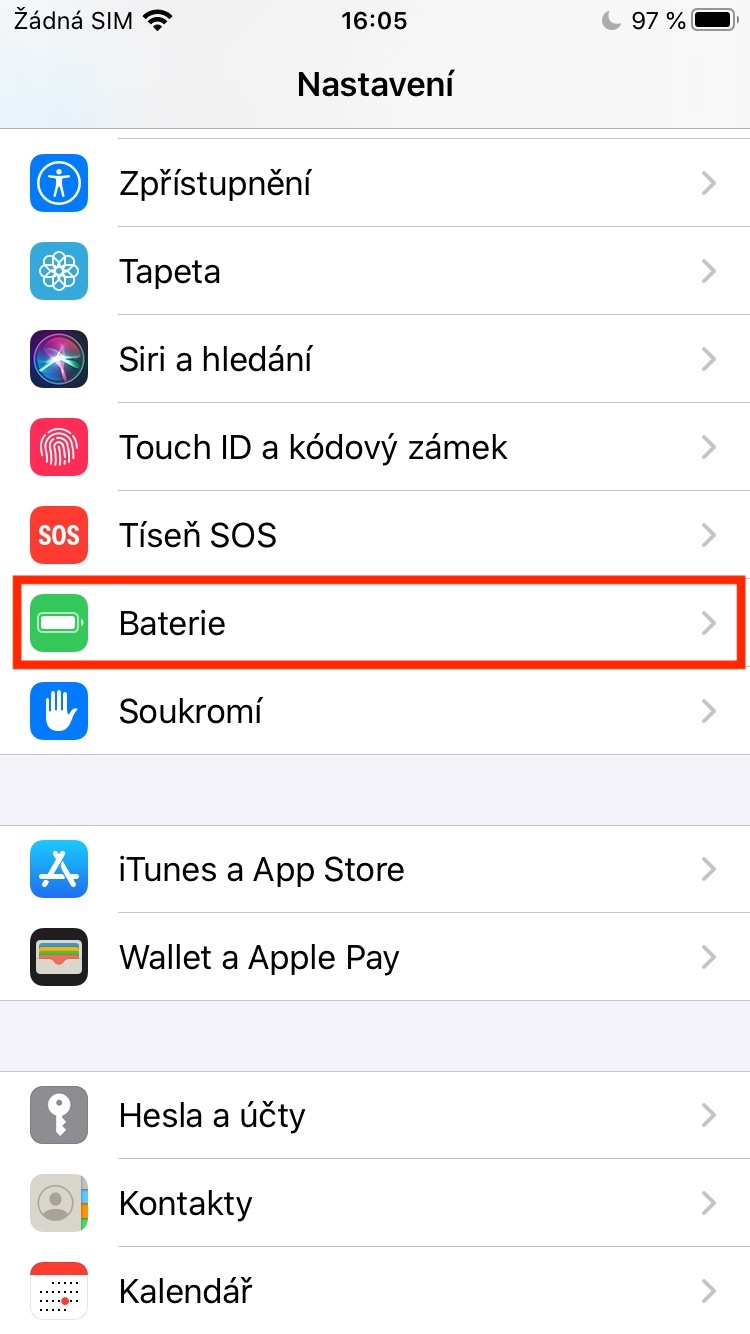
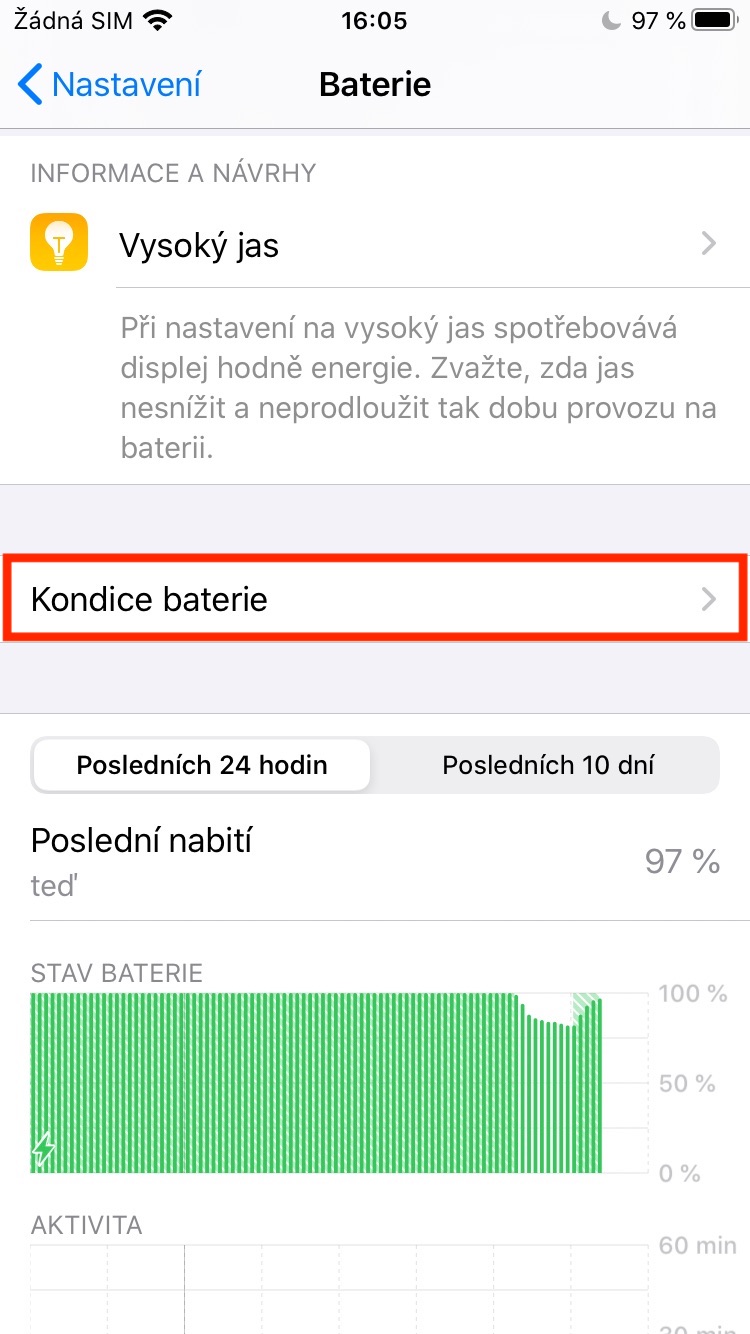


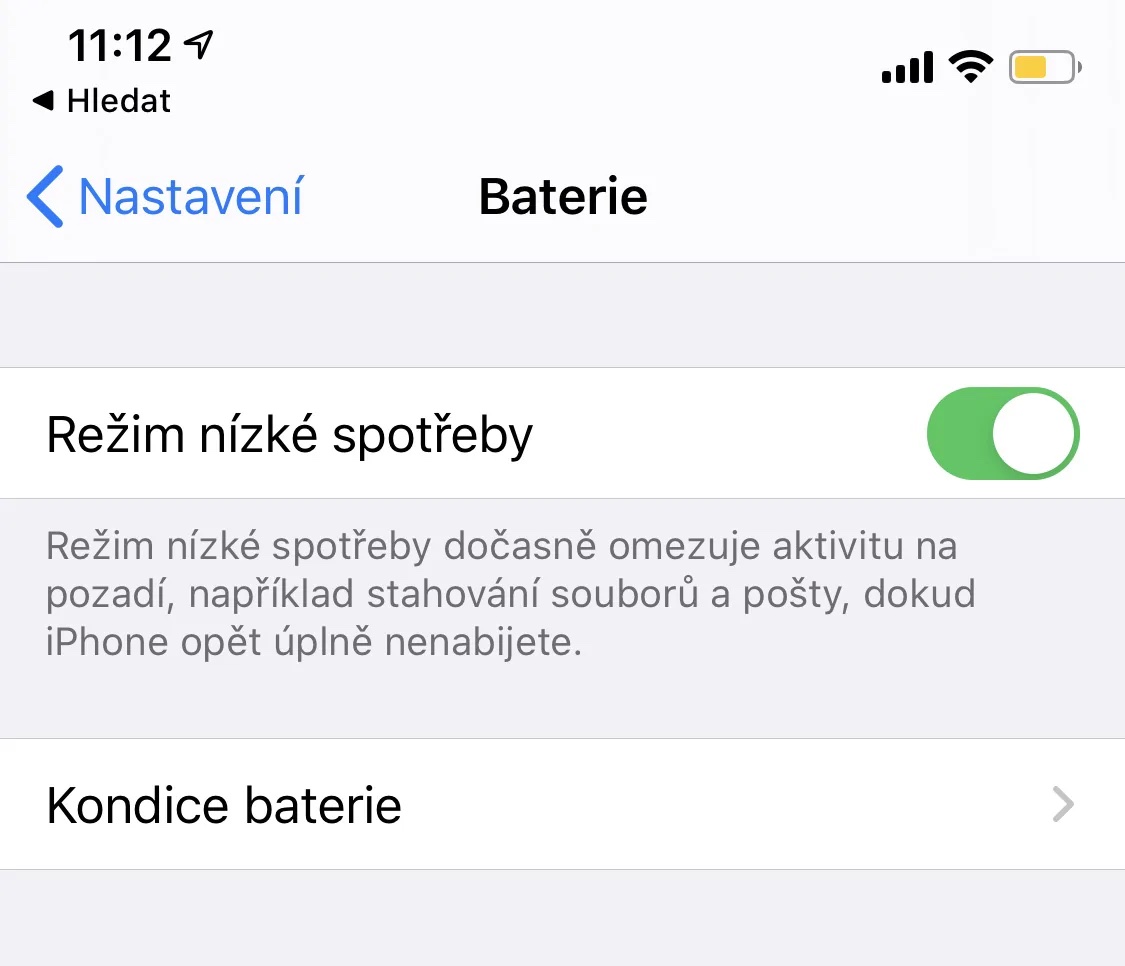

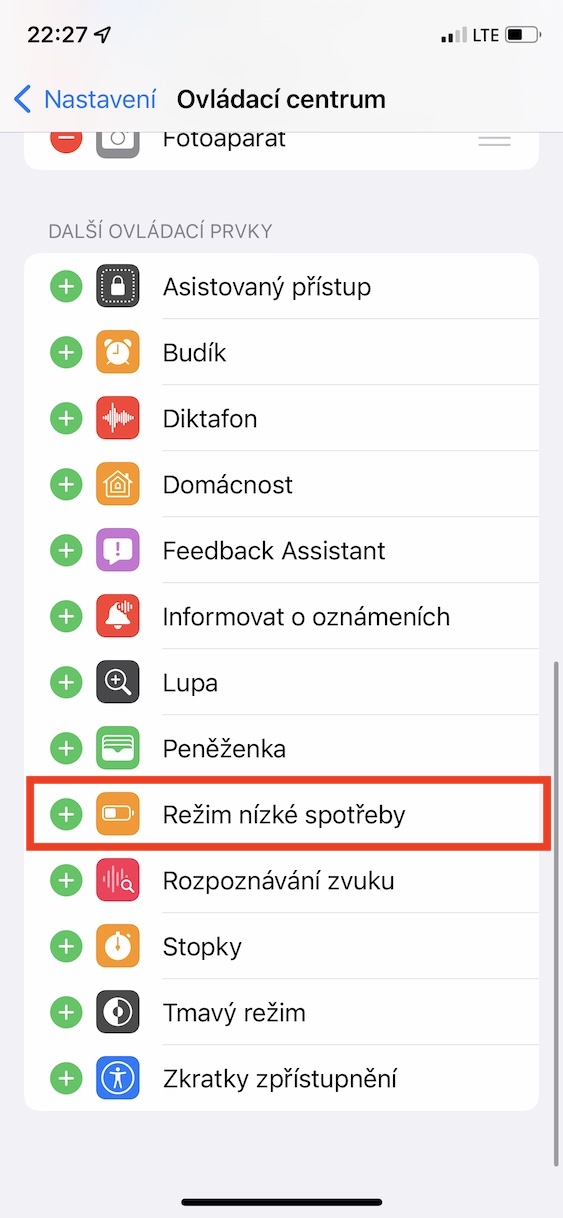


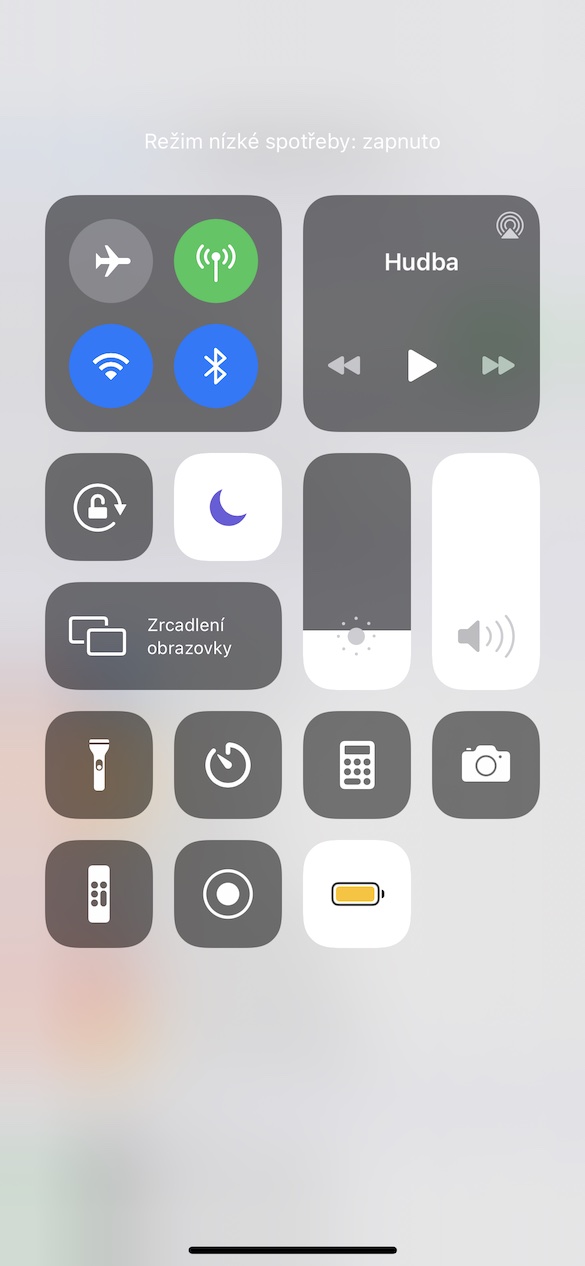
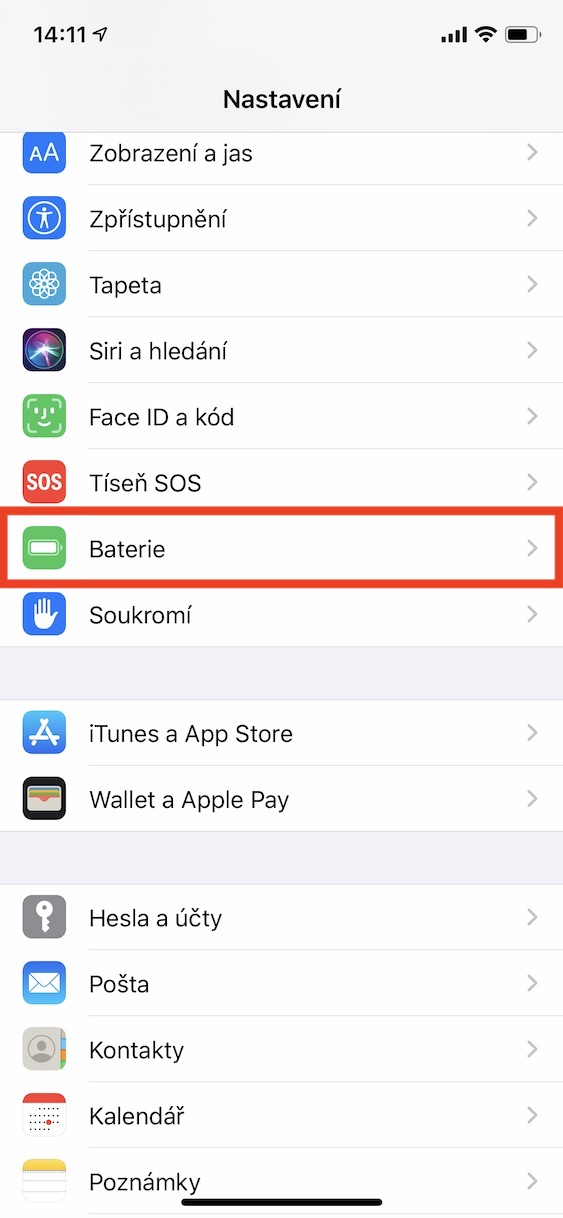
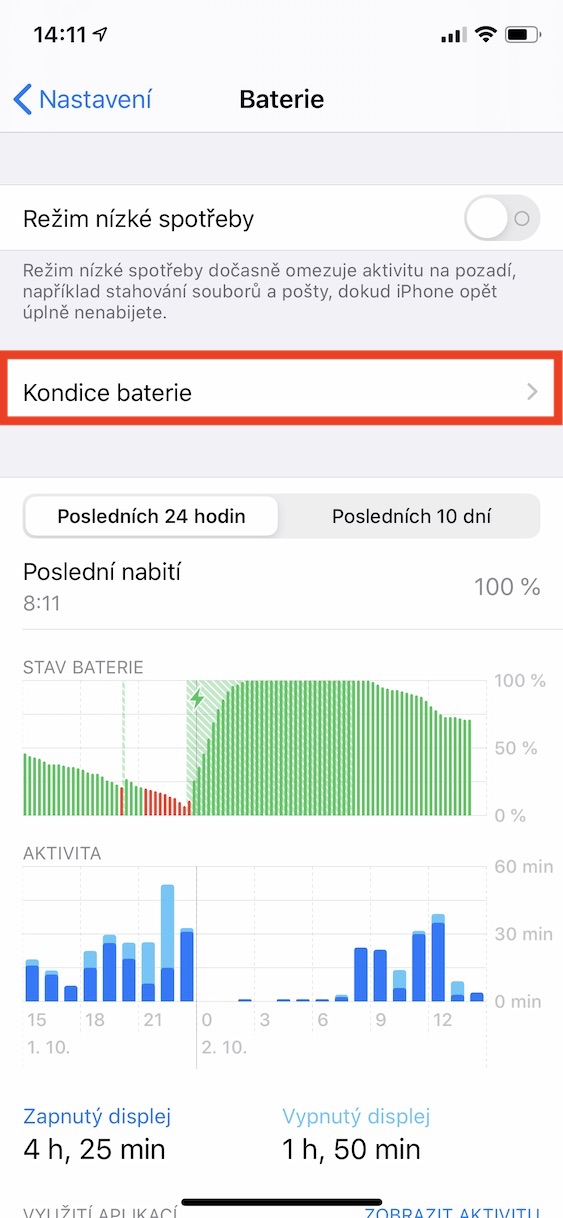
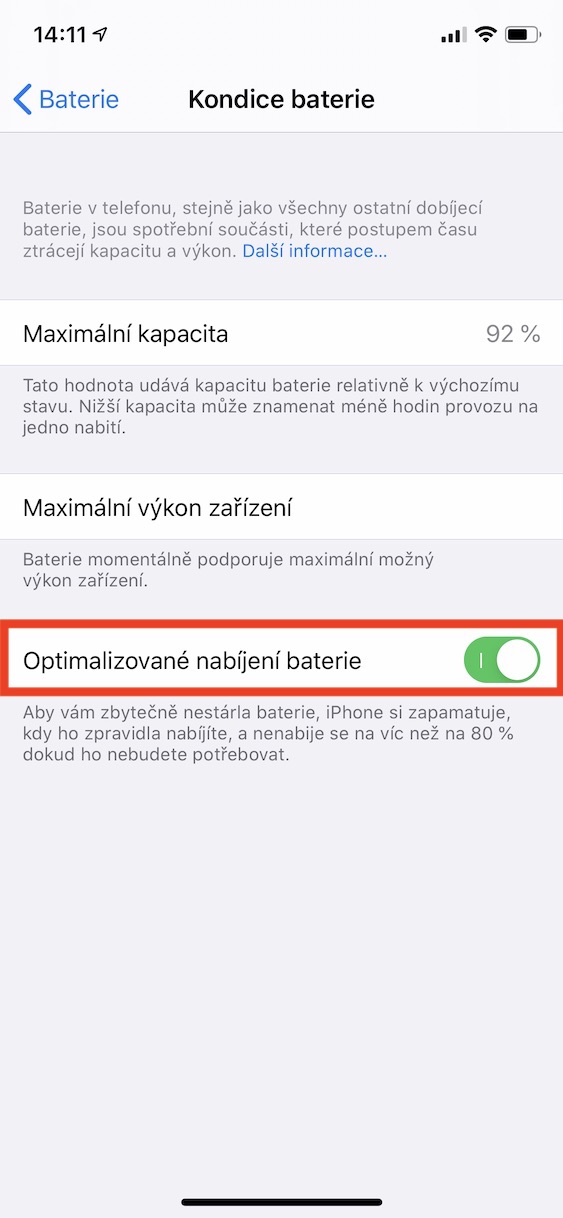


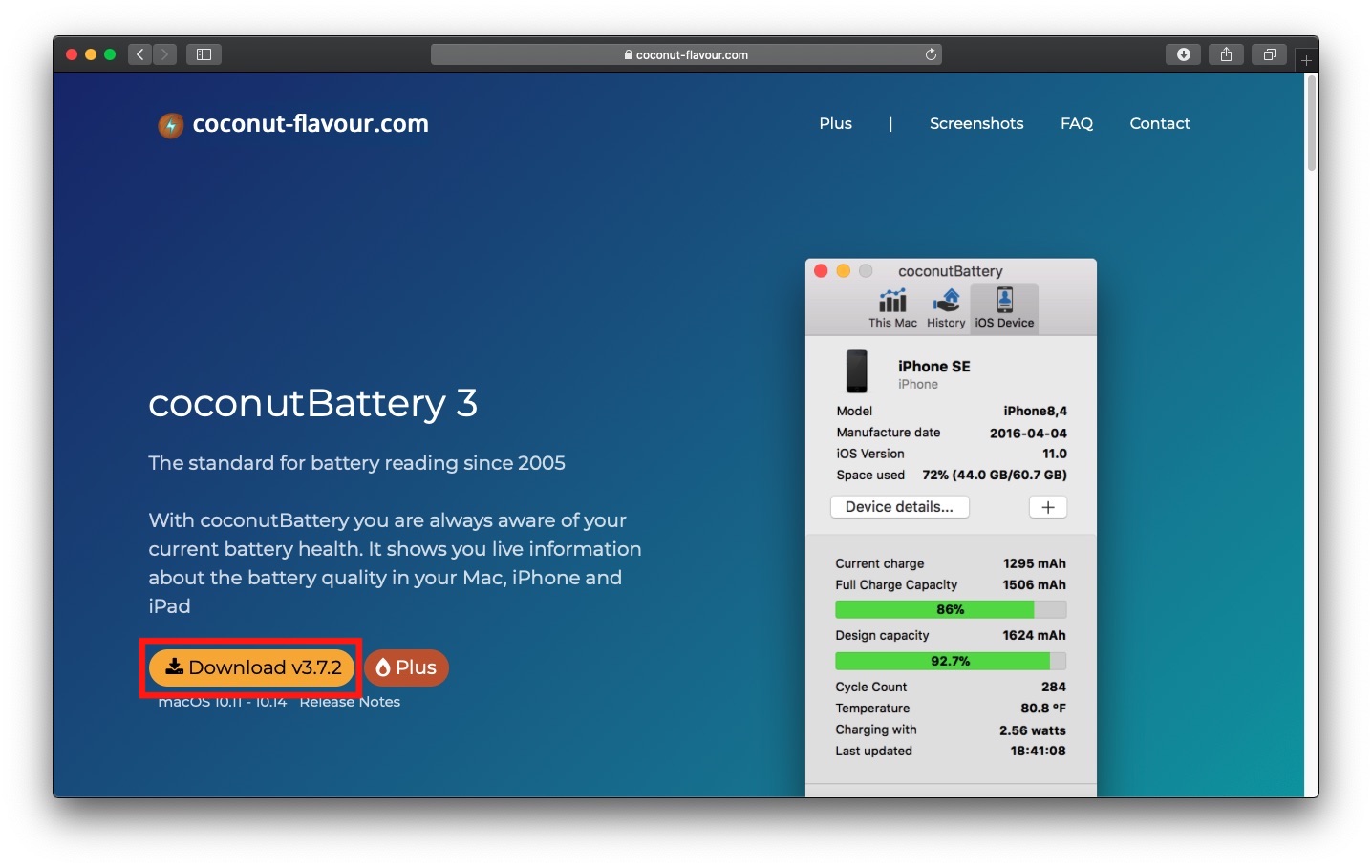
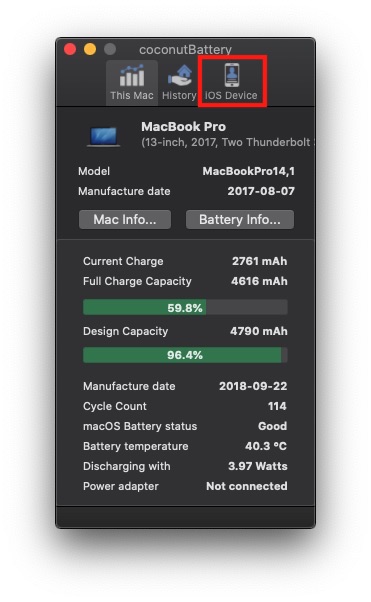

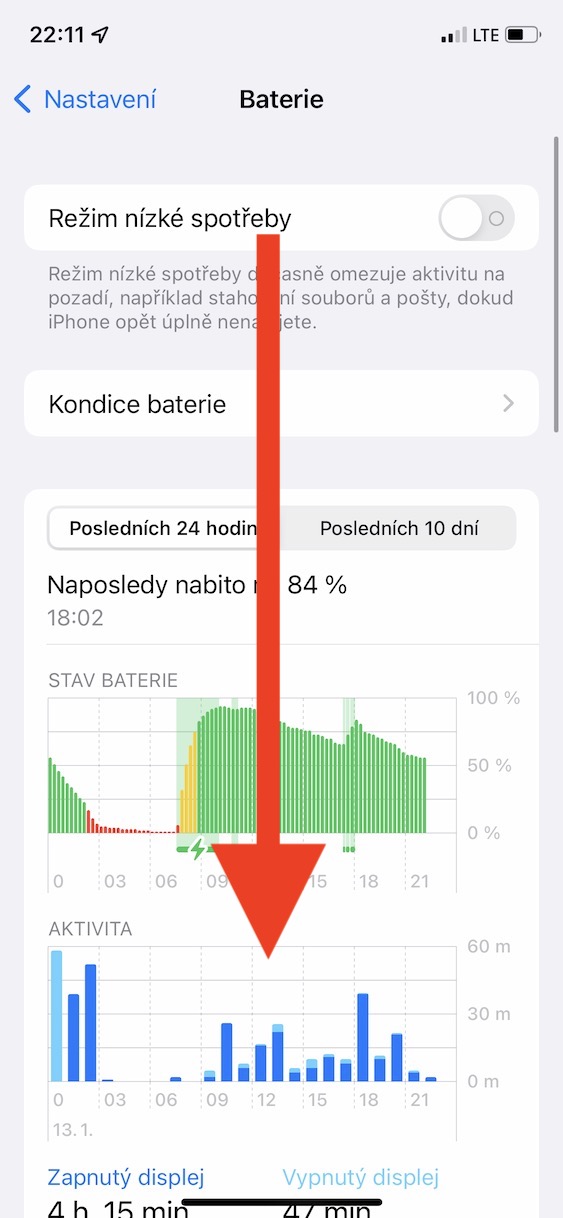


Stupidity, I followed everything, cleaned the battery, a lot of so-called tricks, and still after two years the battery sucks, I think Apple does it on purpose... now I have an i13, so I'm curious how long the health of the battery will last
👍
👍
Same with me
iPhone 12, I've had it for 14 months, 85% wear
I charge via cable and wireless 50/50
Never after the last 20% battery..
currently approx. 360 cycles
This is nonsense. The iPhone controls how long the battery lasts!
I have an iPhone 11 pro max, bought in November 2019, The only thing I have set is optimized charging!
Otherwise, I let the battery discharge even below 10%, I leave it on the charger with complete peace of mind all night, I only use cable charging (in no case do I use wireless, the battery gets very hot), the display goes to full brightness, I do not use any so-called battery savers.
And even with this barbaric behavior, the battery is currently at 85% life!
Holt eco flashlight for 2 things
Unfortunately, I have a similar experience. I was totally amazed that after one month of using the iPhone se2020 it has 96%. 🙄. If it continues like this, according to Apple, I will change the battery in 3 months 🤔